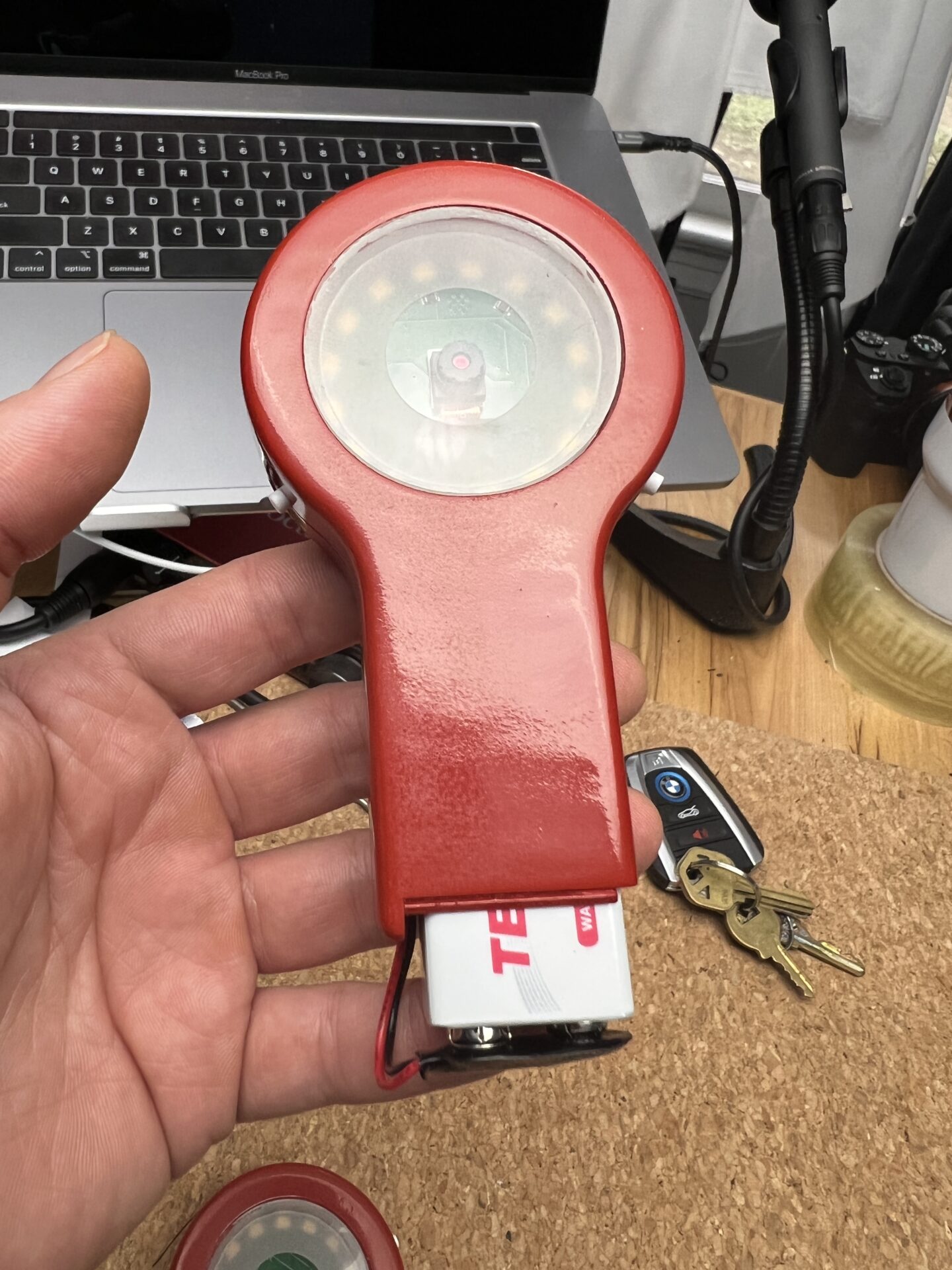Mastering IoT Remote Connection: The Ultimate Guide For 2023
Imagine this: your smart home devices are scattered across the globe, and you need to access them from the comfort of your couch. Sounds impossible? Not anymore! IoT remote connection is revolutionizing how we interact with technology, making it easier than ever to control devices no matter where you are. In this article, we’ll dive deep into the world of IoT remote connection, breaking down everything you need to know to harness its full potential. Let’s get started!
IoT remote connection isn’t just a buzzword; it’s a game-changer for businesses, households, and tech enthusiasts alike. With the rise of interconnected devices, the ability to remotely access and manage these gadgets has become not only convenient but essential. Whether you’re troubleshooting a device miles away or simply adjusting your thermostat while on vacation, IoT remote connection makes it all possible.
But hold up—before you jump into the deep end, there’s a lot to unpack. From understanding the basics to mastering advanced techniques, this guide will walk you through every step of the process. So buckle up, because we’re about to take you on a journey through the fascinating world of IoT remote connection!
- Aditi Mistry Live Hot New The Rising Star Taking The World By Storm
- Exclusive Scoop The Truth Behind Diva Flawles Sex Video Scandal
What is IoT Remote Connection?
In simple terms, IoT remote connection refers to the ability to access and control Internet of Things (IoT) devices from a distance. Think of it like having a remote control for your entire network of smart gadgets. This technology allows users to monitor, manage, and interact with devices in real-time, regardless of physical location.
For example, imagine you’re a factory manager overseeing multiple production lines. With IoT remote connection, you can monitor equipment performance, receive alerts for malfunctions, and even adjust settings—all from your smartphone. It’s a level of convenience and control that was unimaginable just a decade ago.
Why IoT Remote Connection Matters
- Enhances efficiency by allowing users to manage devices without being physically present.
- Improves safety by enabling remote monitoring of critical systems.
- Reduces costs associated with on-site maintenance and troubleshooting.
- Supports remote work by providing access to office devices from anywhere in the world.
IoT remote connection isn’t just a luxury—it’s a necessity in today’s fast-paced world. As more devices become connected, the demand for seamless remote access will only continue to grow.
- Divas Of Flawless Sex 2025 A Deeper Dive Into The Future Of Intimacy
- Aditi Mistry App Sex Video The Story Behind The Controversy And What You Should Know
How Does IoT Remote Connection Work?
At its core, IoT remote connection relies on a combination of hardware, software, and communication protocols to function. Here’s a quick breakdown of how it all comes together:
First, devices are equipped with sensors and communication modules that allow them to connect to the internet. These devices then communicate with a central server or cloud platform, which acts as the intermediary between the device and the user. When a user wants to access or control a device remotely, they send a command through an app or web interface, which is then relayed to the device via the server.
Simple, right? Well, not exactly. There are several factors that can affect the performance and reliability of IoT remote connections, including network latency, security protocols, and device compatibility. But don’t worry—we’ll cover all of that in more detail later on.
Key Components of IoT Remote Connection
- Devices: Smart gadgets equipped with sensors and communication modules.
- Network: The internet infrastructure that enables communication between devices and servers.
- Server: A central platform that acts as the intermediary for data exchange.
- Software: Apps and interfaces that allow users to interact with devices remotely.
Each of these components plays a crucial role in ensuring a smooth and secure IoT remote connection experience.
Benefits of IoT Remote Connection
Now that we’ve covered the basics, let’s talk about why IoT remote connection is such a big deal. Here are some of the top benefits:
1. Increased Efficiency
With IoT remote connection, you can save time and resources by managing devices from anywhere. Whether you’re a business owner overseeing multiple locations or a homeowner controlling your smart home, the ability to access devices remotely can significantly boost productivity.
2. Enhanced Safety
IoT remote connection also plays a critical role in ensuring safety. For example, in industrial settings, remote monitoring can help prevent accidents by alerting operators to potential hazards before they become serious issues.
3. Cost Savings
By reducing the need for on-site maintenance and troubleshooting, IoT remote connection can help businesses save money. Plus, with the ability to optimize device performance remotely, companies can extend the lifespan of their equipment and reduce replacement costs.
4. Flexibility
Finally, IoT remote connection offers unparalleled flexibility. Whether you’re working from home, traveling, or simply taking a break, you can stay connected to your devices and ensure everything is running smoothly.
Challenges of IoT Remote Connection
Of course, no technology is perfect, and IoT remote connection is no exception. Here are some of the challenges you might face when implementing this technology:
1. Security Concerns
As with any internet-connected system, security is a top priority. Hackers could potentially gain access to your devices or steal sensitive data if proper security measures aren’t in place. To mitigate this risk, it’s essential to use strong authentication methods, encryption, and regular software updates.
2. Network Latency
Another challenge is network latency, which can cause delays in communication between devices and servers. This can be especially problematic for time-sensitive applications, such as medical devices or industrial equipment. To minimize latency, it’s important to use high-speed internet connections and optimize your network architecture.
3. Device Compatibility
Not all devices are created equal, and compatibility issues can arise when trying to connect different types of gadgets. To avoid these problems, it’s important to choose devices that are designed to work together and use standardized communication protocols.
Best Practices for IoT Remote Connection
Now that we’ve covered the benefits and challenges of IoT remote connection, let’s talk about how to make the most of this technology. Here are some best practices to keep in mind:
- Use strong passwords and two-factor authentication to protect your devices.
- Regularly update your software and firmware to ensure optimal performance and security.
- Monitor network activity to detect and address any potential issues early on.
- Choose devices that are compatible with your existing network infrastructure.
By following these guidelines, you can maximize the benefits of IoT remote connection while minimizing the risks.
Real-World Applications of IoT Remote Connection
So, how is IoT remote connection being used in the real world? Here are a few examples:
1. Smart Homes
From adjusting your thermostat to unlocking your front door, IoT remote connection makes it easy to control your smart home devices from anywhere. This level of convenience has made smart homes more popular than ever, with millions of households around the world adopting this technology.
2. Industrial Automation
In manufacturing, IoT remote connection is used to monitor and control production lines, ensuring optimal performance and reducing downtime. By enabling remote access to equipment, companies can improve efficiency and cut costs.
3. Healthcare
In the healthcare industry, IoT remote connection is being used to monitor patients’ vital signs, track medication adherence, and provide remote consultations. This technology is helping to improve patient outcomes and reduce the burden on healthcare providers.
Future Trends in IoT Remote Connection
As technology continues to evolve, the future of IoT remote connection looks bright. Here are a few trends to watch out for:
1. 5G Networks
The rollout of 5G networks is expected to significantly improve the speed and reliability of IoT remote connections, making it easier to manage large numbers of devices simultaneously.
2. Edge Computing
Edge computing, which involves processing data closer to the source, is becoming increasingly popular in the IoT space. This approach can help reduce latency and improve performance for time-sensitive applications.
3. AI Integration
Artificial intelligence (AI) is also playing a growing role in IoT remote connection, enabling smarter decision-making and more efficient resource management. As AI technology continues to advance, we can expect even more innovative applications in the future.
Conclusion
In conclusion, IoT remote connection is a powerful tool that offers numerous benefits for businesses and individuals alike. From increasing efficiency to enhancing safety, the possibilities are endless. However, it’s important to be aware of the challenges and take steps to address them, such as implementing strong security measures and optimizing network performance.
So, are you ready to take your IoT remote connection game to the next level? Whether you’re a tech enthusiast, a business owner, or just someone looking to simplify their life, this technology has something to offer everyone. Don’t forget to share your thoughts in the comments below and check out our other articles for more insights into the world of IoT!
Table of Contents:
- What is IoT Remote Connection?
- Why IoT Remote Connection Matters
- How Does IoT Remote Connection Work?
- Key Components of IoT Remote Connection
- Benefits of IoT Remote Connection
- Challenges of IoT Remote Connection
- Best Practices for IoT Remote Connection
- Real-World Applications of IoT Remote Connection
- Future Trends in IoT Remote Connection
- Conclusion



Detail Author:
- Name : Miss Shanelle Batz DDS
- Username : oking
- Email : spencer09@kirlin.org
- Birthdate : 1993-04-16
- Address : 4768 Hyatt Mills Apt. 001 Wunschland, GA 22286-9097
- Phone : (531) 267-5974
- Company : Cummerata Group
- Job : Gaming Surveillance Officer
- Bio : Rerum quibusdam consequatur quaerat velit. Sint magnam ratione provident magni impedit est sit. Quis incidunt culpa ullam et aut. Iste reprehenderit nihil nostrum deleniti laudantium.
Socials
linkedin:
- url : https://linkedin.com/in/annette_steuber
- username : annette_steuber
- bio : Suscipit numquam ut harum ut.
- followers : 1084
- following : 2543
instagram:
- url : https://instagram.com/annettesteuber
- username : annettesteuber
- bio : Voluptatibus nam suscipit ipsam dolore. Illo neque aut molestiae eaque.
- followers : 6221
- following : 2957
twitter:
- url : https://twitter.com/annette_dev
- username : annette_dev
- bio : Et sed et aut voluptas qui omnis. Iure voluptatem est ad deleniti et blanditiis similique.
- followers : 4426
- following : 2498